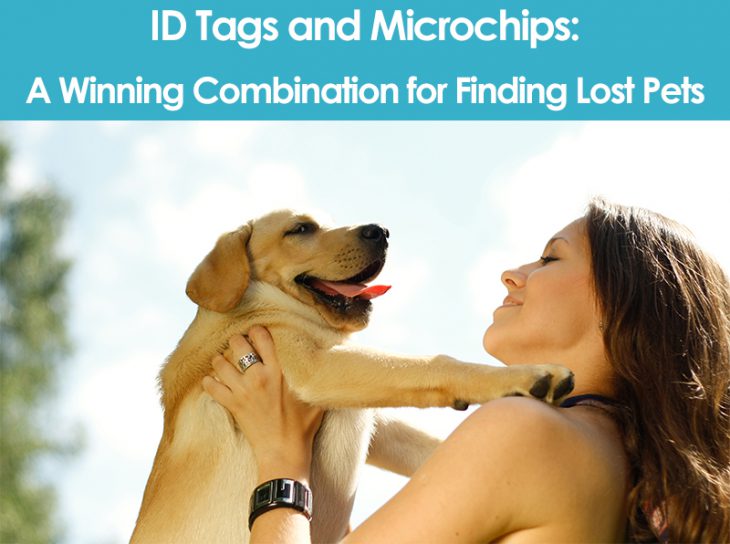A missing pet is one of the most horrific experiences a pet owner can go through. Most pets go missing because either they were chasing a wild animal such as a squirrel or because loud noises such as fireworks scared them away. Eventually, the missing dog or cat loses its way and cannot return home. Hopefully, the missing pet has not wandered too far from home and is soon found by a neighbor. In some cases, the pet is never found. Or the missing pet winds up in an animal shelter, but because it has no form of ID the pet owners are never notified. So what can a pet owner do to retrieve a missing dog or cat?
The traditional method of identifying your is by using a collar and tag. This method is still the most proven way to retrieve a lost pet since the person or agency that finds the pet will have the contact information readily available. Another method is the use of microchips. However, microchips should not replace the collar and tag method.
Collar and ID Tag Your Dog or Cat: place a collar around your pet’s neck with a tag on it. The tag does not have to contain a lot of information. Your phone number should be enough. ID tags for pets can be purchased at pet shops, or at a veterinarian’s office.
Implant a Microchip in Your Pet: The method of implanting an identification microchip in pets has become a very popular way to ensure that the pet is returned home safely. The microchip should be used as a way to supplement identifying your dog or cat. It should never be use as a replacement for tags.
How does an identification microchip work? The microchip which is approximately the size of a grain of rice is implanted in your dog or cat (It can also be used on ferrets, horses, and other mammals). The microchip contains a registration number with the phone number and/or the web address of the registry for the particular brand of chip being implanted. If your missing pet is taken to an animal shelter or a veterinarian, it will be scanned for a microchip. The scanner reads the ID number. The animal shelter will then contact the registry to obtain your name and phone number.
Once the microchip is implanted in my pet, is that all that needs to be done? No. You will need to register the microchip with the registry that handles your pet’s microchip. The required information can be completed online or sent through regular mail. Completing the registration form is the only way that anyone who scans your pet’s microchip will be able to contact you. Your veterinarian or the animal shelter that implants the microchip will provide you with the necessary information.
Where is the microchip placed in my pet? The microchip is injected just under the skin and between the pet’s shoulder blades. The procedure should take no more than a few minutes.
Will injecting my pet with a microchip hurt? It should not be any more painful than when a veterinarian takes a blood sample.
How long does a microchip last? Most microchips are made to work for at least 25 years.
Where can I get a microchip for my pet? Most veterinarians and animal shelters provide this service for a fee.
What if I move? Notify the registry by mail or update the information online.
What if I adopt a pet that already has a microchip? Simply ask the pet adoption service for the name of the registry and update the information.
In conclusion, a dog or cat can easily get lost when left outside. It is why all pets should have a collar with an ID tag and a microchip. Since most lost pets usually don’t wander further than their neighborhood, the ID tag is the best way to ensure that your pet is returned home. An additional way to ensure your pet comes home is have it implanted with a microchip. Small enough where it will not cause your pet any discomfort, the microchip is easily implanted under your pet’s skin. If your pet is lost the microchip will help identify it. Most veterinarians, pet clinics and shelters have scanners that read the ID number on the chip. Once the number is read, they can look it up in the registry and contact you. Hopefully, you will never have to rely on an ID tag or microchip to locate dog or cat, but having them on your pet will provide you peace of mind.
Do your pets have ID tags and/or microchips?
If yes, let us know in the comments how it has helped you find your pets.





